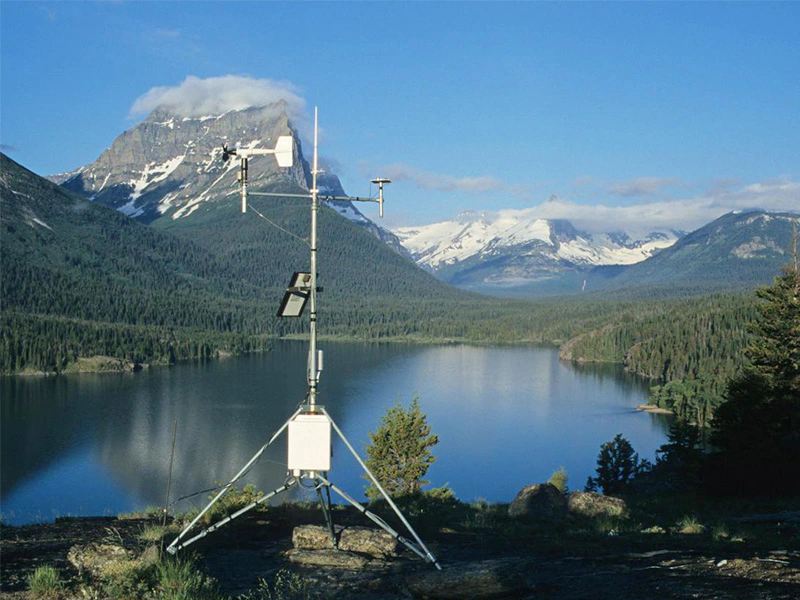
# The Role of Meteorological Stations in Weather Forecasting and Climate Research
Introduction to Meteorological Stations
Meteorological stations play a crucial role in our understanding of weather patterns and climate change. These specialized facilities are equipped with instruments designed to measure various atmospheric conditions, providing essential data for weather forecasting and long-term climate research.
Key Instruments and Measurements
A typical meteorological station contains several important instruments:
- Thermometers for temperature measurement
- Barometers for atmospheric pressure
- Hygrometers for humidity levels
- Anemometers for wind speed and direction
- Rain gauges for precipitation measurement
- Pyranometers for solar radiation
Weather Forecasting Applications
The data collected from meteorological stations forms the foundation of modern weather forecasting. Meteorologists use this information to:
- Create accurate short-term weather predictions
- Issue severe weather warnings
- Develop weather models for aviation and maritime operations
- Support agricultural planning
Climate Research Contributions
Beyond daily weather forecasts, meteorological stations provide invaluable data for climate scientists:
- Tracking long-term temperature trends
- Monitoring changes in precipitation patterns
- Studying the frequency of extreme weather events
- Validating climate models
Types of Meteorological Stations
There are several types of meteorological stations serving different purposes:
| Type | Purpose |
|---|---|
| Surface stations | Measure ground-level conditions |
| Upper-air stations | Collect data from weather balloons |
| Automated stations | Operate without human intervention |
| Marine stations | Monitor oceanic weather conditions |
Technological Advancements
Modern meteorological stations have benefited from significant technological improvements:
- Automated data collection and transmission
- Improved sensor accuracy and reliability
- Integration with satellite systems
- Advanced data processing capabilities
Challenges and Future Directions
Despite their importance, meteorological stations face several challenges:
- Maintaining stations in remote locations
- Ensuring data consistency across networks
- Adapting to changing climate conditions
- Securing funding for maintenance and upgrades
Future developments may include more sophisticated sensor networks, greater automation, and enhanced integration with other environmental monitoring systems.
Conclusion
Meteorological stations serve as the backbone of weather forecasting and climate research. As our climate continues to change, the data collected by these stations becomes increasingly vital for understanding our environment and preparing for future challenges. Continued investment in meteorological infrastructure and technology will ensure we maintain and improve our ability to monitor and predict atmospheric conditions.
Keyword: meteorological station
Leave a Reply